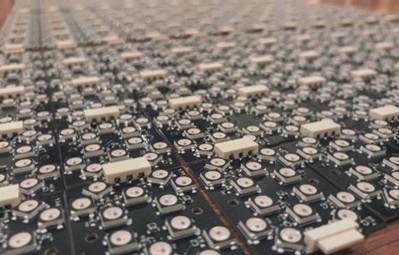Understanding Resistance in Circuits
Resistance, symbolized by ‘R’, is the hindrance faced by current flow in a circuit. It plays a crucial role in regulating current magnitude and safeguarding components from damage. The level of resistance, measured in ohms (Ω), determines how easily current can pass through a material or device.
Factors Affecting Resistance
- Length: Longer conductors have higher resistance.
- Cross-sectional Area: Smaller area leads to increased resistance.
- Material: Different materials offer varying levels of resistance.
- Temperature: Resistance changes with temperature; for most metals, it increases with higher temperatures.
Applications of Resistance
Resistance serves various functions in circuits:
- Current Limiting: Variable resistors regulate current to prevent overload.
- Diversion: Resistors in parallel divert excess current to protect components.
- Voltage Division: Series resistors reduce voltage for appliances requiring lower power supply.
Measuring Resistance
Resistance is measured using an ohmmeter or multimeter. These tools help in determining the resistance value, voltage, and current in a circuit.


